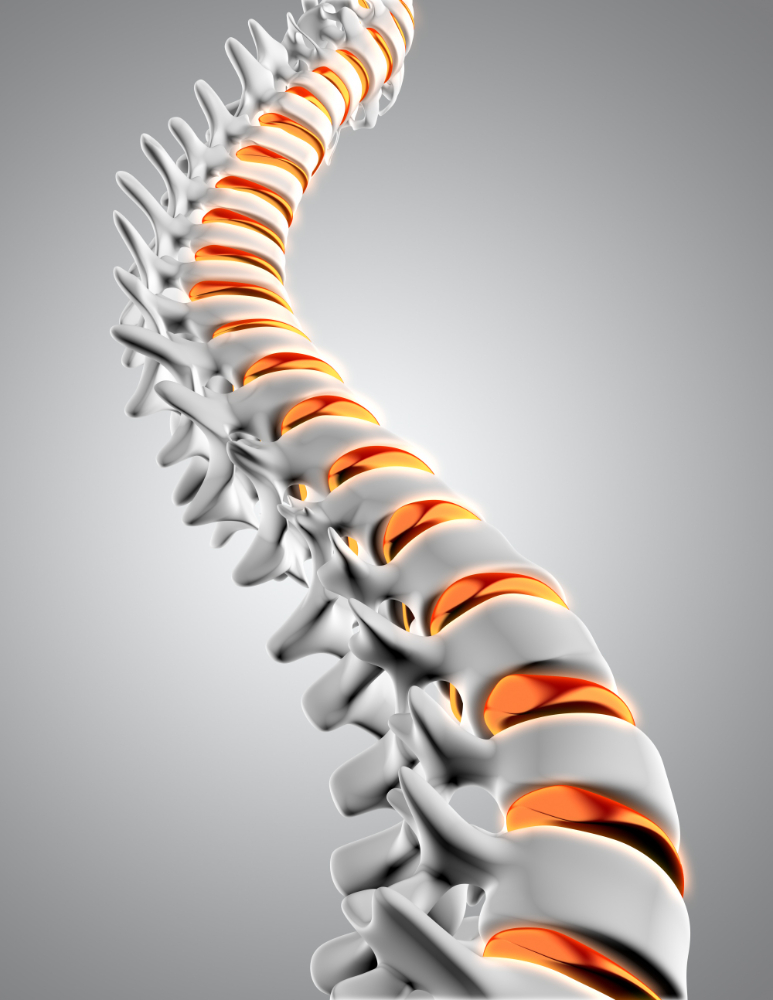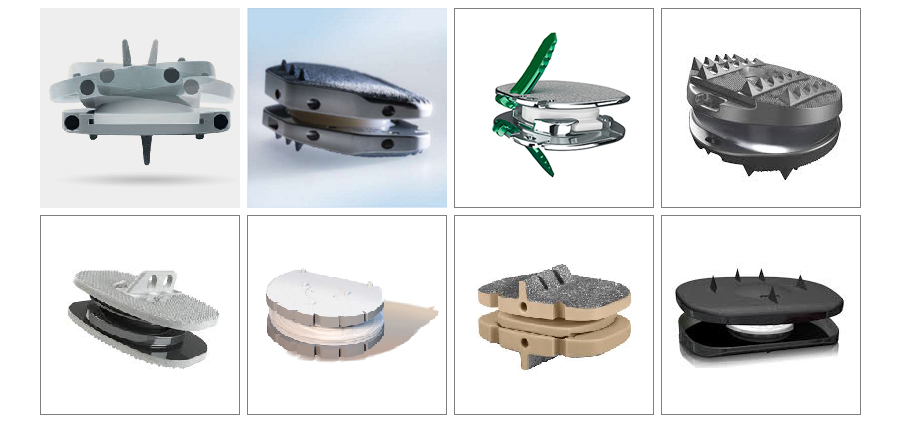What Is Artificial Disk Replacement Surgery?
Lumbar artificial disk replacement involves the removal of worn or damaged disk material from the vertebrae and replacing it with an artificial disk to alleviate back pain. The intention of the procedure is to preserve a normal range of motion, which is not feasible with some alternative treatments like spinal fusion that are designed to restrict motion.

What is degenerative disk disease?
“Degenerative disk disease” refers to harm to the spinal disks and is not considered an illness or injury. These disks function as shock absorbers in both the upper (cervical) and lower (lumbar) spine. Due to the condition, a lot of patients suffer from incapacitating back pain which restricts them from performing basic activities such as going to work or spending time with their loved ones.
Who Is a Candidate for Lumbar Disk Replacement?
Your surgeon might demand a few tests to evaluate your eligibility for disk replacement.
- Magnetic resonance imaging (MRI) scans
- Discography
- Computed tomography (CT) scans
- X-rays
Your surgeon can identify the cause of your back pain with the assistance of the data acquired from these tests.
What happens during a lumbar disk replacement?
During the surgery, you will undergo anesthesia through an IV inserted into a vein in your hand or arm. This medicine will cause you to fall into a profound sleep and prevent you from experiencing any pain. You will be positioned on your back for the duration of the procedure.
Typically, a group of surgeons consisting of a vascular surgeon, along with either an orthopedic or neurosurgeon, will perform the operation in collaboration. An opening will be created in the abdominal area by the surgeon, enabling them to move your organs and blood vessels away so that they can reach your spine.
The physician will extract the harmed disk and insert a replacement artificial disk. Your internal organs and blood vessels are replaced and the cut is stitched shut.
You will be transferred to a recovery section where you will be observed closely until you regain consciousness after the anesthesia. A tube (IV line) will still be connected to your veins, and you may also have a tube (catheter) in your bladder to facilitate urination. After you become fully awake and aware, you will be shifted to your hospital ward.
Have a conversation with your medical professional regarding the anticipated experience of undergoing a surgery to replace your lumbar disk.

Goals of Surgery
The objectives of surgery for the artificial lumbar disc include:
1) remove the diseased disc;
2) restore normal disc height;
3) decrease discogenic back pain;
4) Maintain movement in the impacted part of the spine.
5) improve patient function.
When comparing it to spinal fusion surgery, the use of artificial disc technology could result in faster healing, increased movement in the spine post-surgery, reduced strain on nearby discs, and the absence of requiring the removal and use of a bone graft.
Disk Design

There are certain devices used for replacing disks that keep the outer ring or annulus intact while only replacing the center or nucleus. However, this technology is still being researched and is not widely used yet.
In the majority of instances, complete artificial disk replacements replace both the annulus and nucleus with a machine that imitates the function of the spine.
There exist several disk designs that are distinct in their characteristics, however they share a common objective of emulating the size and function of a typical intervertebral disk.
Certain disks are constructed from metal, whereas others consist of a blend of metal and plastic, not unlike how joint replacements for the knee and hip are fashioned. The substances utilized comprise medical-grade plastic (polyethylene), as well as medical-grade cobalt chromium or titanium alloy.
Your surgeon will have a discussion with you regarding which design of disk will be most suitable for your needs.
Post-Surgical Rehabilitation
The recovery process after undergoing ADR surgery is a gradual one that can last for several weeks. You may require physical therapy and be prescribed specific exercises or activities to quicken your healing process. It is also important for you to be informed about various aspects of recovery.
- How to protect the surgical area
- Appropriate lying, standing, and sitting positions
- The process for safely lifting objects
- Maintaining correct posture
- It is advisable to refrain from certain activities for a few weeks, such as operating a vehicle.
- There are exercises that can target and strengthen the area that has been impacted.
Throughout your healing phase, it’s crucial to ensure you do not miss any of your scheduled meetings with your healthcare provider. Additionally, it’s vital to attend all physical therapy sessions and comply with any rehab exercises prescribed to you. Furthermore, you should report any apprehensions regarding excessive discomfort, bleeding, or fever to your doctor without delay.
Treatment in Türkiye:
The medical staff of surgical teams, doctors and consultants in Rehab Türk can provide the best treatment options and free consultations – by striving to keep abreast of the latest medical technologies and methods.

